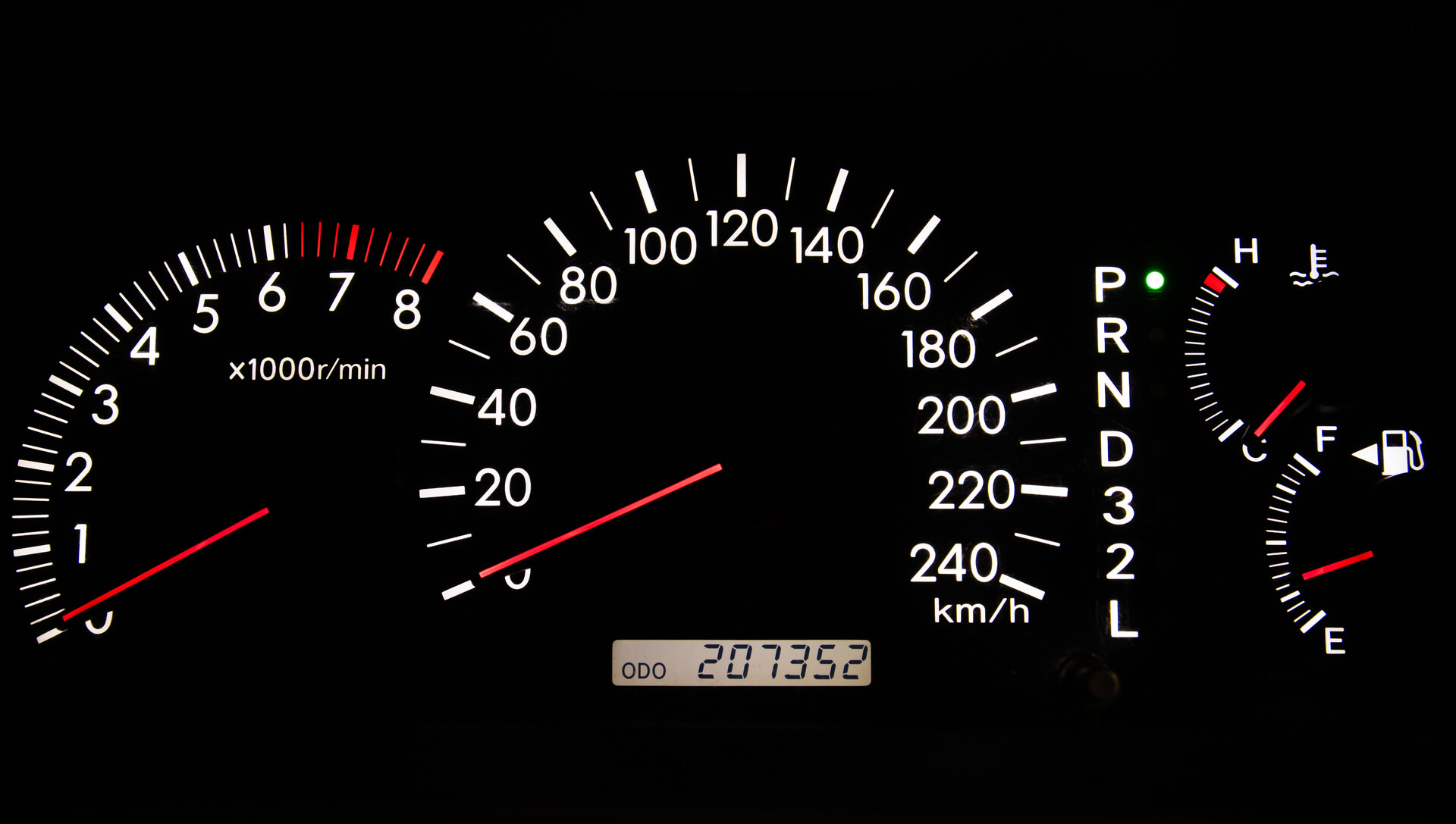
Why Your Annual Mileage Estimate Could Be Costing You Hundreds

by Erin Anderson
When was the last time you updated the annual mileage estimate on your car insurance? If your answer is "when I first signed up," you're not alone — and that oversight could be quietly draining your wallet.
Your annual mileage isn't just a random number — it's one of the key factors insurance companies use to calculate your premium. Overestimate it, and you could be paying for coverage you don't need. Underestimate it, and you risk coverage issues or even denied claims.
Here's why getting it right matters — and how to make sure you're not leaving money on the table.
What Is an Annual Mileage Estimate?
When you apply for car insurance, you're asked how many miles you drive per year. This number helps insurers understand your risk level — the more time you spend on the road, the more likely you are to file a claim.
But the number doesn't just affect your rate once. It can continue influencing your premium every time your policy renews.
Why the Wrong Estimate Can Cost You
Overestimating = Overpaying. Let's say you tell your insurer you drive 15,000 miles a year, but in reality, your commute is short and you work from home more often now. You might be paying the same rate as someone who's on the road every day, racking up real mileage — even though your risk is much lower.
Underestimating = Risky Business. On the flip side, if you say you only drive 6,000 miles a year but you're regularly putting 15,000 miles on your car, your insurer might flag you as higher risk or even deny coverage in the event of a claim. That could lead to rate hikes, non-renewals, or worse — denied payouts when you need them most.
Life Changes? Your Mileage Probably Changed Too
Think about what's changed in the last year or two:
- Do you work from home more?
- Did you move closer (or farther) from work?
- Have your weekend road trips slowed down?
- Do you have a second vehicle you now use more often?
All of these can impact your true annual mileage — and they're rarely updated unless you take the time to report them.
How to Get a More Accurate Estimate
You don't need to track every mile manually. Here are a few easy ways to dial in your number:
- Use your odometer. Check how many miles you've driven since your last inspection, oil change, or even since this time last year.
- Look at app data. If you use a driving or maintenance tracking app, your mileage might already be logged.
- Consider your weekly average. Multiply your weekly driving habits by 52 to get a rough annual number — then round up or down based on seasonality.
Tip: When in doubt, aim to be accurate — not conservative. Some insurers even offer mileage-based or pay-per-mile plans for drivers who are truly behind the wheel less often.
The Hidden Bonus of Updating Your Mileage
Aside from lowering your premium, keeping your mileage up to date can:
- Help your insurer offer more accurate quotes
- Prevent surprises during policy renewals or claims
- Make you eligible for low-mileage discounts (often 10% or more!)
In short, it's one of the easiest insurance "wins" out there — and it only takes a few minutes.
The Bottom Line
Your annual mileage estimate isn't just a checkbox — it's a major factor in what you pay (or overpay) for car insurance. If your driving habits have changed and you haven't updated your mileage, there's a good chance you're leaving money on the table.
The good news? A quick update to your policy — or comparing quotes with your actual mileage in mind — could save you hundreds a year.